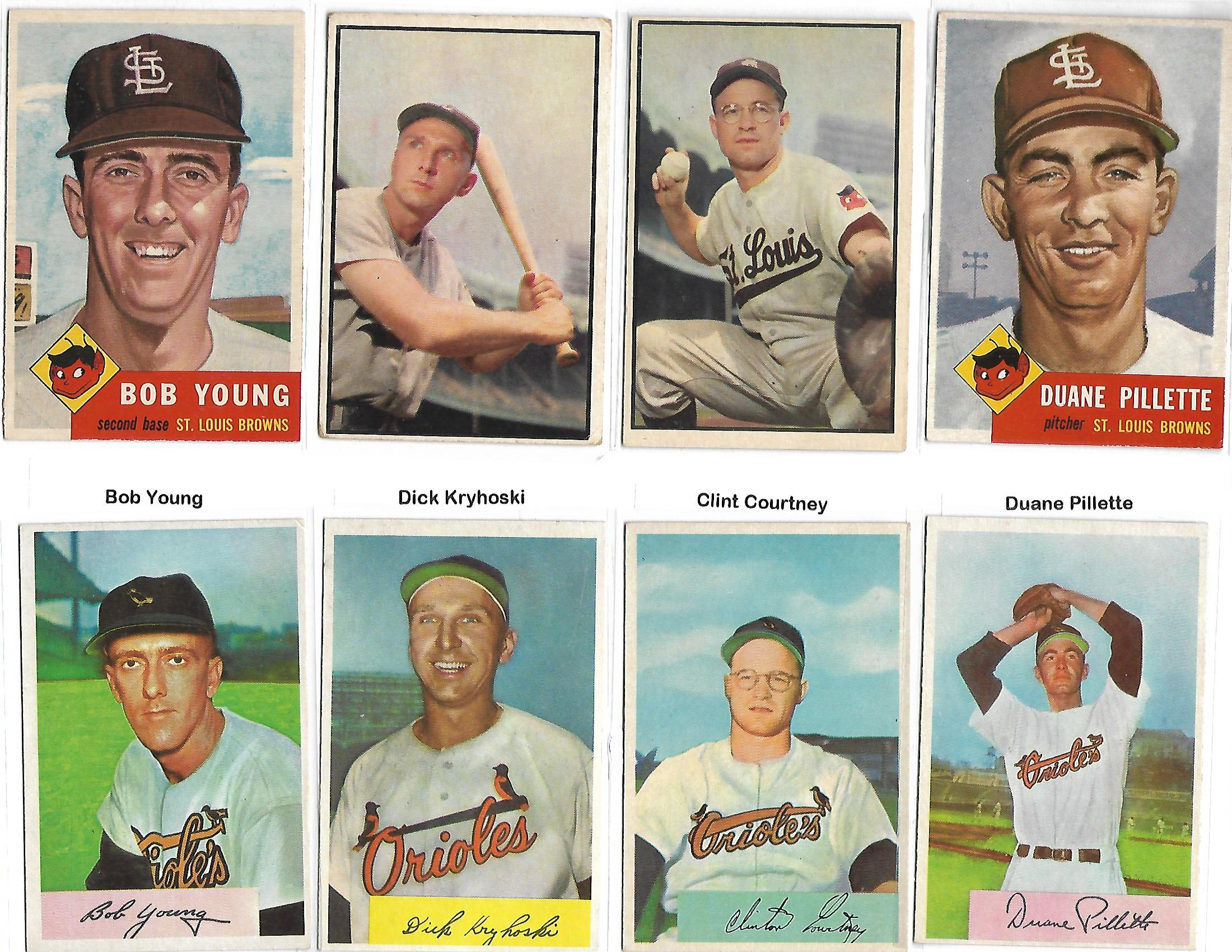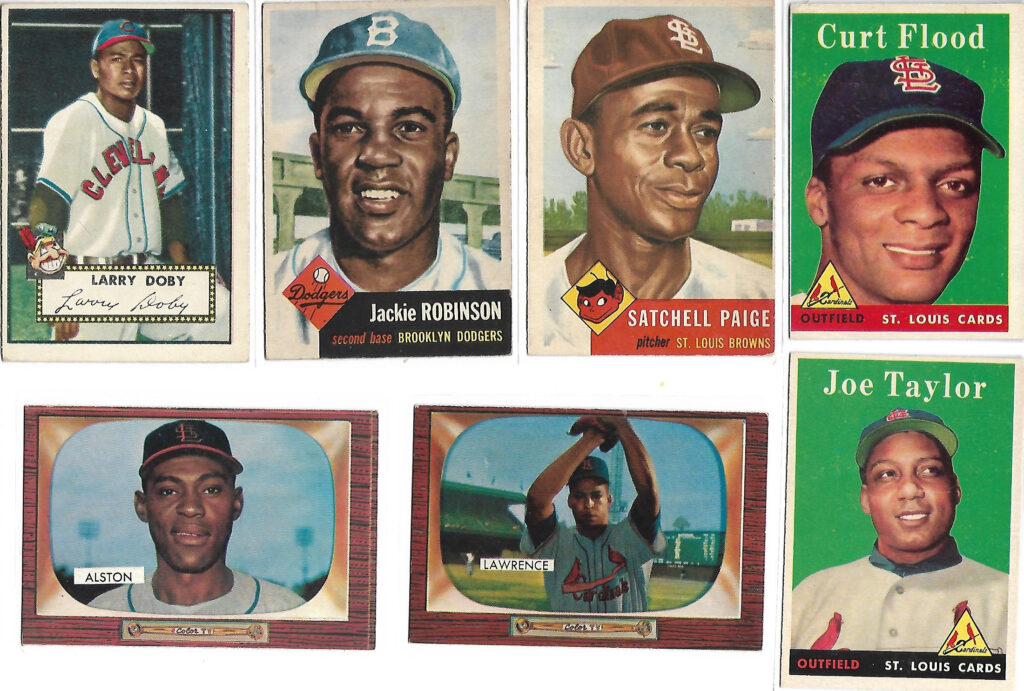Letter to the Editor: Talking baseball about Orioles-Cardinals series, black players in St. Louis and Flood legacy

I noticed on the St. Louis Cardinals schedule this season they are to play the Baltimore Orioles May 20-22 at home. It was 70 years ago this season that the St. Louis Browns became the Orioles and 80 years ago that St. Louis had both major league teams in the 1944 World Series.
I wonder if the Cardinals have worked out something to commemorate this event when they host the franchise that was once in St. Louis?
Back in 2014, the Cubs put on quite a show with the 100 years of Wrigley Field. The Cubs dressed as the Chicago Federals, while the Arizona Diamondbacks dressed as the Kansas City Packers. Those two teams only lasted the 1914 and 1915 seasons before the Federal League folded and the owner of the Chicago team and Wrigley Field purchased the Cubs.
I have read that when the people from Baltimore bought the Browns from Bill Veeck, they wanted to cut ties with the old Browns team. They traded many of their players to come to the field in Baltimore with a fresh look.
Four of the players I have pictured with their baseball cards did survive the trade deadline and became Orioles. It is interesting to note, however, the 1954 uniforms show they were trying to take the idea of the Branch Rickey Cardinals front uniform logo of the two Cardinal birds and apply it to two Oriole birds.
I wonder what position the Cardinals franchise took on this. These uniforms did not last long.
After 70 years, maybe the current Orioles ownership would be willing to put on Browns uniforms for an event in St. Louis to remember the 1944 World Series. After all, the Cubs got the Diamondbacks to wear the Packers uniforms, which can’t be so bad when your team is named after a poisonous snake. If they refuse, make them wear the 1954 Orioles uniforms that may have had a copyright infringement.
Veeck, who joined 16 investors in buying the Browns in 1951, had to face the reality in 1953 of selling his team in St. Louis to the folks in Baltimore. He also sold Sportsman’s Park — with the apartment in the park that he and his family lived in to save money — to the Cardinals organization just purchased by Anheuser Busch.
Veeck had previously owned the Cleveland Indians (now Guardians), who on July 5, 1947, in Chicago introduced Larry Doby as the first African American player to the American League. The first Black baseball players in St. Louis were Hank Thompson and Willard Brown in July 1947. Satchell Paige would follow in 1951-53.
I’m not taking anything away from Jackie Robinson, who started the 1947 season as the first Black player in the major leagues. However, little is often heard about Doby, who played through the 1959 season and had to deal with the same issues that Robinson did in American League cities.

In addition to Doby and Robinson, I’m showing cards of some of the first African American baseball players in St. Louis like Paige. Tom Alston and Brooks Lawrence both started playing for the Cardinals in 1954, and Curt Flood and Joe Taylor broke in during the 1958 season. Bob Gibson and Bill White (not pictured) would follow in 1959.
Why Flood is not in the Baseball Hall of Fame is a mystery to me. I have read that at the beginning of spring training in Florida in 1958, when he and Taylor coming from the Cincinnati Reds reported, they were told they would be staying at a separate motel/hotel from the rest of the team. Flood made an issue of that arrangement. To alleviate the problem, Augie Busch bought the facility, and all the players stayed at the same place.
Flood made another issue after the 1968 season about not wanting to be traded and having a right to decide who he could play baseball for. He lost his battle, going all the way to the Supreme Court. Baseball players later achieved the rights Flood had strived for. He stated that while his focus was on the personal freedom of players to have some level of control over their careers, the big money factors had spoiled much of his efforts as intended.
A lifetime batting average of .293 and 11 full years in baseball were cut short when no one wished to have him play for them.
Don Carpenter
Quincy, Illinois
EDITOR’S NOTE: The years that Bill Veeck owned the St. Louis Browns were incorrect in a previous version of this story.
Miss Clipping Out Stories to Save for Later?
Click the Purchase Story button below to order a print of this story. We will print it for you on matte photo paper to keep forever.

